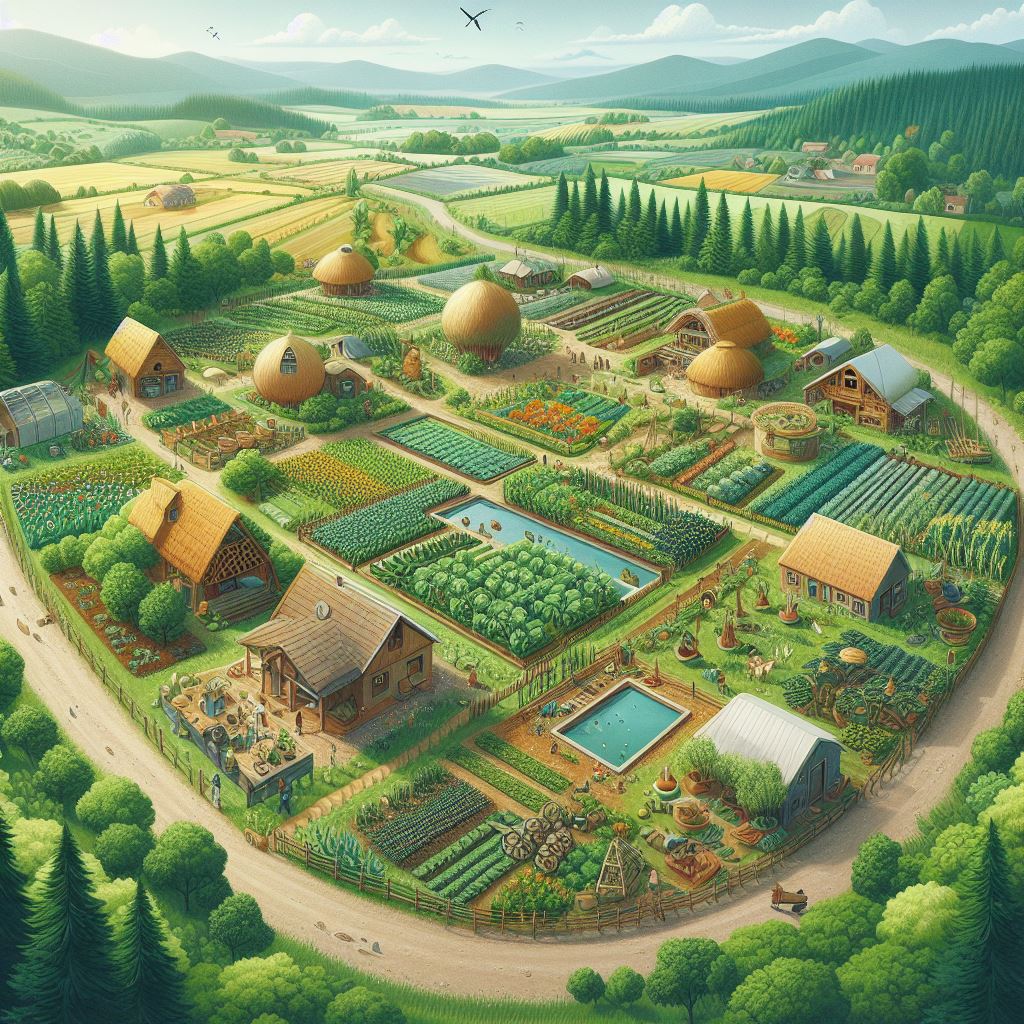Permaculture, a term coined by Bill Mollison and David Holmgren in the 1970s, derives from the words “permanent” and “agriculture” or “culture.” Permaculture is a land management system that creates sustainable, self-sufficient human habitats that work with nature. It’s what many indigenous communities were doing, but now must be relearned and adopted by society at large in order for everyone to enjoy local, organic food.
- Permanent: The term “permanent” in permaculture refers to the goal of designing systems that are enduring and sustainable over the long term. Rather than relying on unsustainable practices that deplete resources and degrade the environment, permaculture seeks to establish resilient systems that can thrive indefinitely, providing for human needs while preserving natural ecosystems.
- Agriculture or Culture: The second part of the word “permaculture” can be interpreted in two ways: “agriculture” and “culture.” Originally, permaculture was conceived as a holistic approach to designing agricultural systems that mimic the diversity, stability, and resilience of natural ecosystems. However, over time, the concept of permaculture has expanded beyond agriculture to encompass all aspects of human culture, including architecture, energy systems, economics, and social organization. Thus, “culture” in permaculture reflects the broader goal of creating sustainable and regenerative human habitats that integrate ecological, social, and economic principles.
The tenets of permaculture are sustainability, self-sufficiency, and harmony with nature. It emphasizes the importance of managing landscapes by working with natural processes and patterns. The resulting systems are biodiverse, resilient and regenerative, and through our careful and insightful management, the landscape can meet human needs as well.
